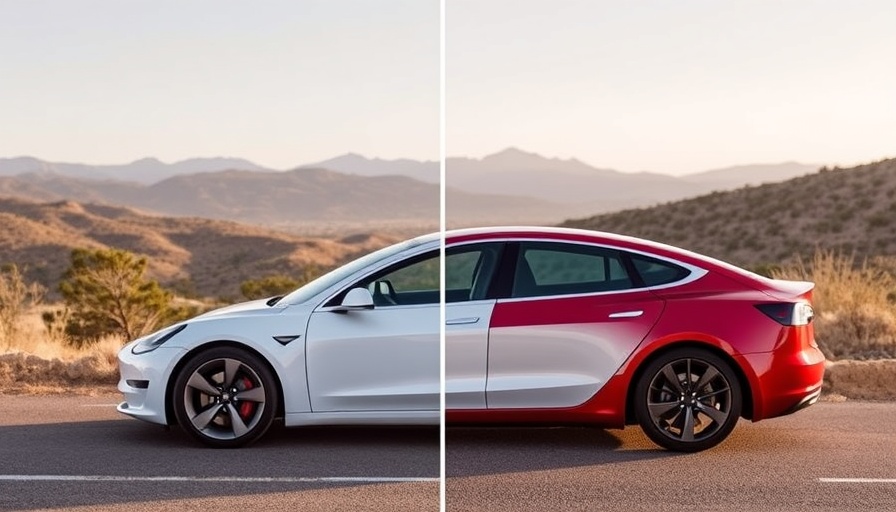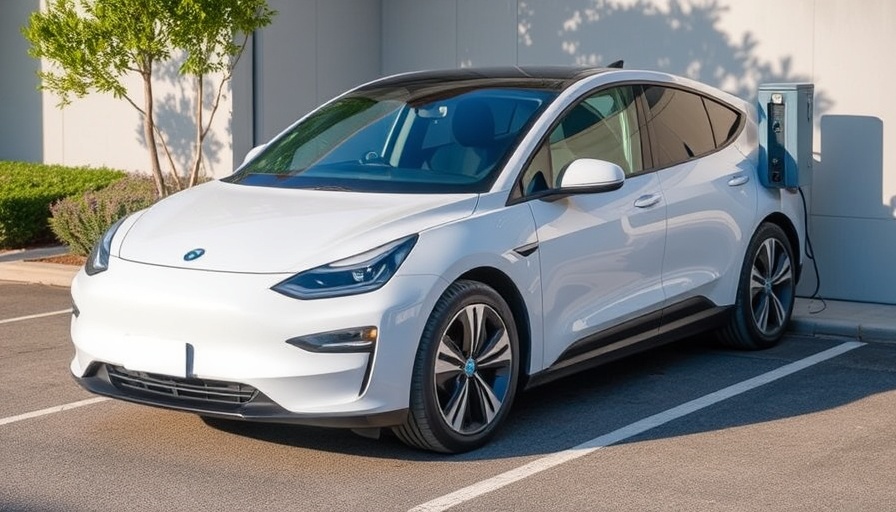
Exciting Advancements in Tesla's Electric Vehicle Range
Tesla has been leading the charge in the electric vehicle market, consistently pushing the boundaries of technology and affordability. The recent announcement regarding the new Tesla Model 3 Standard and Model Y Standard highlights significant advancements in electric vehicle range. The Model 3 Standard now boasts an impressive EPA-rated 321 miles, a remarkable increase from the previous 240 miles offered by older models. This leap in battery technology showcases Tesla's commitment to enhancing user experience, despite the challenges presented by inflation affecting other sectors.
Price Expectations vs. Reality: What Consumers Should Know
While the new models come with improved range, the price points have raised eyebrows among Tesla enthusiasts and potential buyers alike. Initially, many were hopeful for a lower entry-level price, perhaps around $30,000. Instead, the base prices starting at $37,000 for the Model 3 Standard and $40,000 for the Model Y Standard reflect an increase rather than the expected decrease. This has led to disappointment, especially as these figures closely align with what Tesla models were priced at years prior. Such pricing might deter entry-level customers or those looking to transition to electric vehicles, thus limiting Tesla's ability to penetrate new market segments.
Challenges in a Competitive Marketplace
The electric vehicle landscape is evolving rapidly, and while Tesla remains a leader, it faces formidable competition. Other manufacturers, such as Nissan, have introduced more affordable options like the $30,000 Nissan LEAF. For consumers who initially found themselves priced out of a new Tesla, the release of these models may not sufficiently address affordability concerns. As the market for used Teslas continues to grow, many buyers could opt for a second-hand model that offers better value for money, putting additional pressure on Tesla's sales projections.
Future Implications for Tesla's Market Strategy
As Tesla moves forward with these new models, it must critically assess its strategy in light of consumer feedback and market dynamics. How the pricing impacts demand remains to be seen, but analysts speculate that the higher price tags could cannibalize sales of existing models rather than expand Tesla’s user base. Moreover, shareholders and fans are beginning to question the company's ability to deliver on its promise of affordability and accessibility in the EV market.
Understanding the Big Picture: Consumer Perception Matters
As these new models hit the streets, the perception of Tesla could be at stake. With many consumers holding onto the vision of a $25,000 Tesla, falling short of such expectations may lead to increased skepticism about Tesla's future innovations and pricing strategies. The recent decrease of the $7,500 federal tax credit further adds to the scrutiny, pushing potential buyers to reconsider if the new models truly offer value or if they feel premium prices are justified.
For contractors and builders committed to sustainable solutions and innovative technologies, these developments in Tesla’s offerings will be crucial to observe. Understanding where the market trends are heading in the electric vehicle segment can provide opportunities for integrating EV technologies into new projects. Staying informed on Tesla's strategic decisions can set the stage for adapting to shifts that may impact the broader market for sustainable construction.
 Add Row
Add Row  Add
Add 




Write A Comment